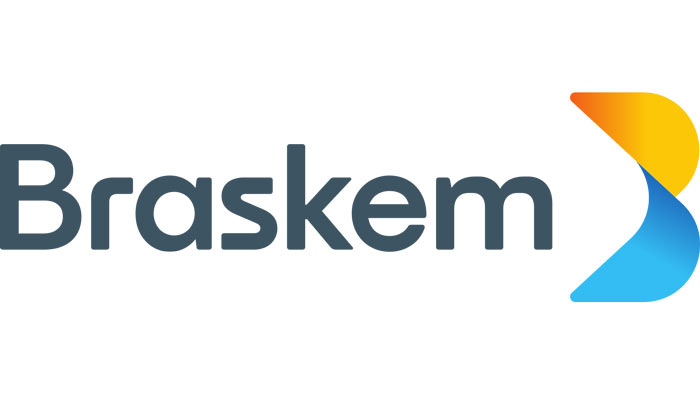Industries and Applications:
Predominant usage in food packaging.
Other key industries: Personal Care, Pharmaceuticals, Electronics.
Thermoformed Product Range:
Food Packaging Solutions: Meat trays, microwaveable containers, freezer boxes, dairy product tubs, delicatessen bowls, snack holders, bakery item packaging, sandwich cases, vending machine cups.
Non-Food Items: Manufacturing collation trays, retail blister packs, point-of-sale display trays.
Thermoforming Process Overview:
High-Volume Production: Predominantly using roll-fed machines.
Specialised Applications: Sheet-fed machines for lower volumes.
On-site Sheet Extrusion: Found in larger production units for efficiency.
Independent operations of sheet extrusion and thermoforming to align with production schedules.
Integrated Systems: For substantial volumes, a closed-loop system directly connects raw material to the thermoforming machine.
Thermoforming Steps:
Heating of plastic sheets.
Moulding at the forming station via air pressure and core plugs.
In-tool trimming designs or separate trimming stations for precise cuts.
Automated stacking systems prepare products for shipping.
Excess material management through reprocessing or in-line chopping.
Materials Used in Thermoforming:
Common Thermoplastics: Polystyrene (PS), Polypropylene (PP), Amorphous-Polyethylene Terephthalate (APET), Crystalline Polyethylene Terephthalate (CPET), Polyvinyl Chloride (PVC or Vinyl) and Polycarbonate (PC).
Barrier Properties: EVOH used in co-extrusions for enhanced food protection.
Co-extrusion: Combines materials for tailored properties for specific applications.
The food packaging sector particularly values materials that provide strong barriers against odors, moisture, and gases, hence the preference for advanced barrier plastics.















